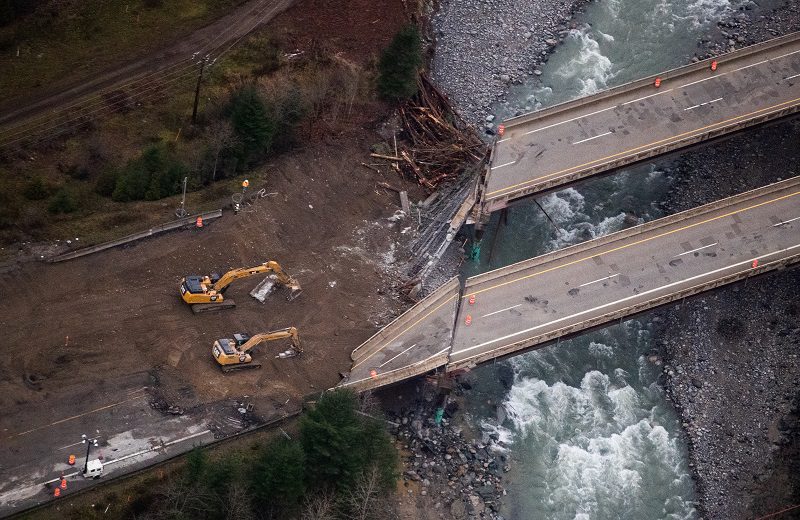One step closer to a National Flood Insurance Program

The industry is one step closer to getting updated flood maps, and a new national flood insurance program to protect homeowners in high-risk flood zones is in the works, says Canada’s public safety minister.
Flood maps are being developed in partnership with provinces, territories, municipalities and Indigenous organizations, Emergency Preparedness Minister Bill Blair announced Mar. 17.
“They will also be used to develop an online portal that will keep Canadians informed on flood risks and provide resources and suggestions on how to best protect their homes and community,” Blair said of the maps. “It will also facilitate the development of a new National Flood Insurance Program and all of these initiatives will help us prepare for future emergencies to build a stronger and more resilient Canada.”
Natural Resources Canada and Environment Canada are working to develop the flood mapping systems.
“One of the challenges that municipalities, provinces and territories communities right across the country face is, in many circumstances, the inadequacy of robust flood mapping data [from] which people can make informed decisions about where they could or should build,” Blair said.
A task force made up of government leaders and representatives from the Insurance Bureau of Canada is expected to release a final report on the National Flood Insurance Program to the public in late spring, says Blair. He did not provide details about how the program would be structured.
“That task force report is foundational, and it’s going to provide us with advice and direction that’ll enable us to move forward, and we see it as a great priority,” he said.
The conference was held days after Blair completed a tour of British Columbian communities that experienced devastation from the flood and wildfire events in 2021.
Blair said there’s an urgency to complete this work, as 100-year flood events are increasing in frequency.
“The reality is that climate change means that severe weather events like these are occurring far too frequently, and are likely to increase in scale, frequency and unpredictability,” he said.
“Therefore, it is more crucial than ever that federal, provincial and territorial governments work together, and we must draw upon lessons learned and develop plans to reduce the impact of extreme weather events and other emergencies on our communities.”
The federal government set aside $5 billion this fiscal year for its share of costs under the Disaster Financial Assistance Arrangements to help B.C.’s flood recovery.
“We want to be there for [British Columbians] to help in that recovery, but we also want to make sure that that recovery is done in such a way as to ensure it less likely that we’ll have to go back and do this work again in a few years’ time, in the event of another…flooding event,” he said.
He acknowledged the risks of building in flood plain locations.
“In many cases, people who have built in those areas or reside in those areas are unable to get any form of overland flood insurance, which can significantly add to the cost of recovery.” He said the program is expected to reduce immediate disaster relief costs.
Collapsed sections of bridges destroyed by severe flooding and landslides on the Coquihalla Highway north of Hope, B.C., are seen in an aerial view from a Canadian Forces reconnaissance flight on Monday, November 22, 2021. THE CANADIAN PRESS/Darryl Dyck







